
 call us : +8613866722531
call us : +8613866722531
 send a message : pweiping@techemi.com
send a message : pweiping@techemi.com
 call us : +8613866722531
call us : +8613866722531
 send a message : pweiping@techemi.com
send a message : pweiping@techemi.com
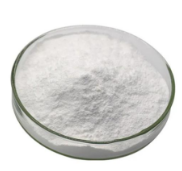
Name: Sodium bicarbonate CAS No.: 144-55-8 Appearance: White powder or opaque monoclinic system fine crystals Molecular formula: CHNaO3 Molecular Weight: 84.01 Melting point:>300 °C(lit.) PACKAGE:25KG/BAG
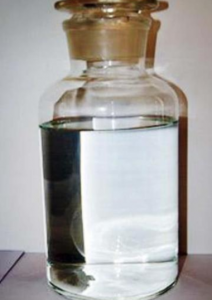
Name: Dichroromethylvinylsilane CAS number: 124-70-9 Molecular formula: C3H6Cl2Si Molecular weight: 141.07 EINECS number: 204-710-3 Mol file: 124-70-9.mol
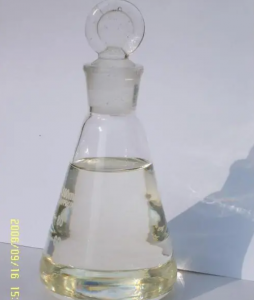
Name: Vinyltrimethylsilane CAS number: 754-05-2 Molecular formula: C5H12Si Molecular weight: 100.23 EINECS number: 212-042-9 Mol file: 754-05-2.mol
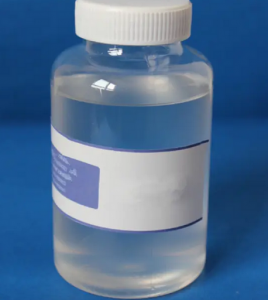
Name: Ethoxydimethylvinylsilane CAS number: 5356-83-2 Molecular formula: C6H14OSi Molecular weight: 130.26 EINECS number: 226-341-7 Mol file: 5356-83-2.mol
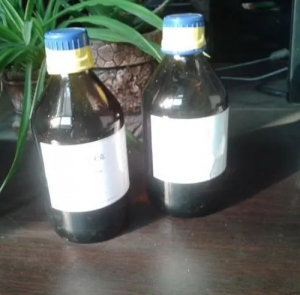
Name: CHLORODIMETHYLPINYLSILANE CAS number: 1719-58-0 Molecular formula: C4H9ClSi Molecular weight: 120.65 EINECS number: 217-007-1 Mol file: 1719-58-0.mol
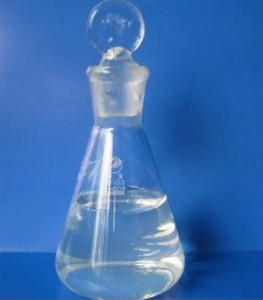
Name: 1,1,3,3-TETRAMETHYL-1,3-DIVINYLDISILAZANE CAS number: 7691-02-3 Molecular formula: C8H19NSi2 Molecular weight: 185.41 EINECS number: 231-701-1 Mol file: 7691-02-3.mol
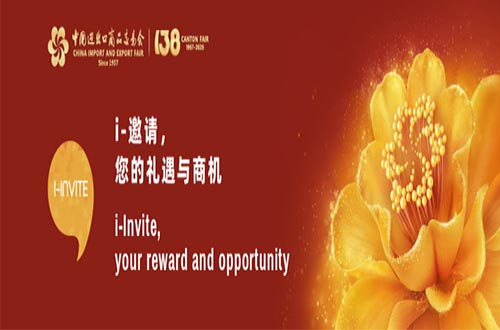
Welcome to 138th China Import and Export Fair Dear Sir or Madam, The 138th Canton Fair is scheduled to open on October 15th, featuring continuous optimization of exhibition structure, various premium ...
Paraquat (trivial name; /ˈpærəkwɒt/) or N,N′-dimethyl-4,4′-bipyridinium dichloride (systematic name) is an organic compound with the chemical formula [(C6H7N)2]Cl2. It is classified as a viologen, a family of redox-active heterocycles of similar structure. Paraquat was manufactured by Chevron. This salt is one of the most widely used herbicides. It is quick-acting and non-selective, killing green plant tissue on contact. It is also toxic to human beings and animals due to its redox activity, which produces superoxide anions. It has been linked to the development of Parkinson's disease. The name is derived from the para positions of the quaternary nitrogens. Paraquat may be in the form of salt with chloride or other anions; quantities of the substance are sometimes expressed by cation mass alone (paraquat cation, paraquat ion).
Although first synthesized in 1882, paraquat's herbicidal properties were not recognized until 1955.Paraquat was first manufactured and sold by ICI in early 1962, and is today among the most commonly used herbicides.
The European Union approved the use of paraquat in 2004 but Sweden, supported by Denmark, Austria, and Finland, appealed this decision. In 2007, the court annulled the directive authorizing paraquat as an active plant protection substance stating that the 2004 decision was wrong in finding that there were no indications of neurotoxicity associated with paraquat and that the studies about the link between paraquat and Parkinson's disease should have been considered.
Paraquat is classified as non-selective contact herbicide. The key characteristics that distinguish it from other agents used in plant protection products are:
It kills a wide range of annual grasses and broad-leaved weeds and the tips of established perennial weeds.
It is very fast-acting.
It is rain-fast within minutes of application.
It is partially inactivated upon contact with soil.
These properties led to paraquat being used in the development of no-till farming. Current research into no-till farming using mulching techniques as a substitute for herbicide application are producing good results
In the United States, paraquat is available primarily as a solution in various strengths. It is classified as "restricted use", which means that it can be used by licensed applicators only. In the European Union, paraquat has been forbidden since 2007.A small group of countries, including India and Guatemala and supported by manufacturers, have blocked the listing of paraquat as a hazardous chemical for the purposes of the Rotterdam Convention.
 online service
online service +8613866722531
+8613866722531 pweiping@techemi.com
pweiping@techemi.com pweiping
pweiping +8613866722531
+8613866722531